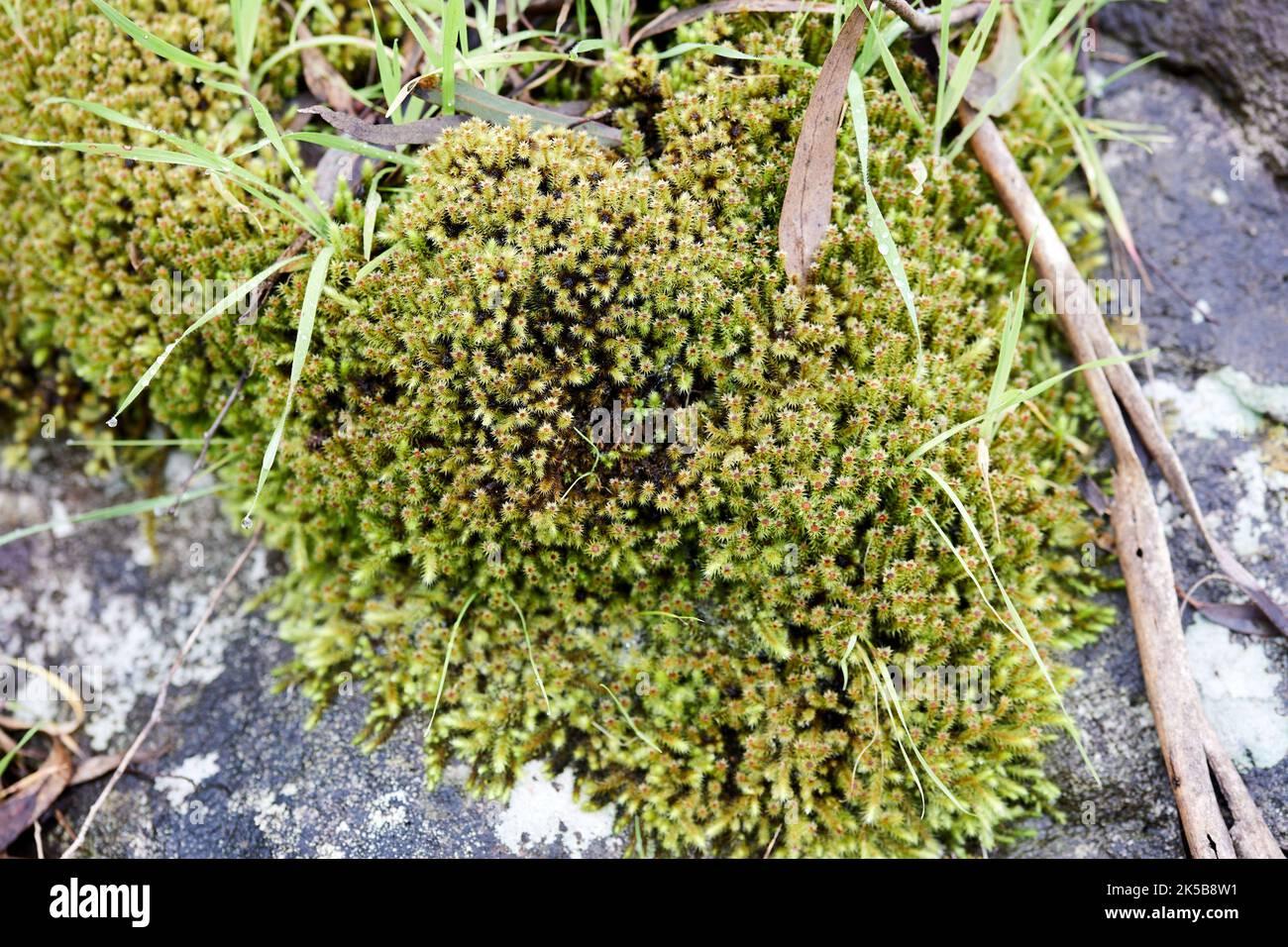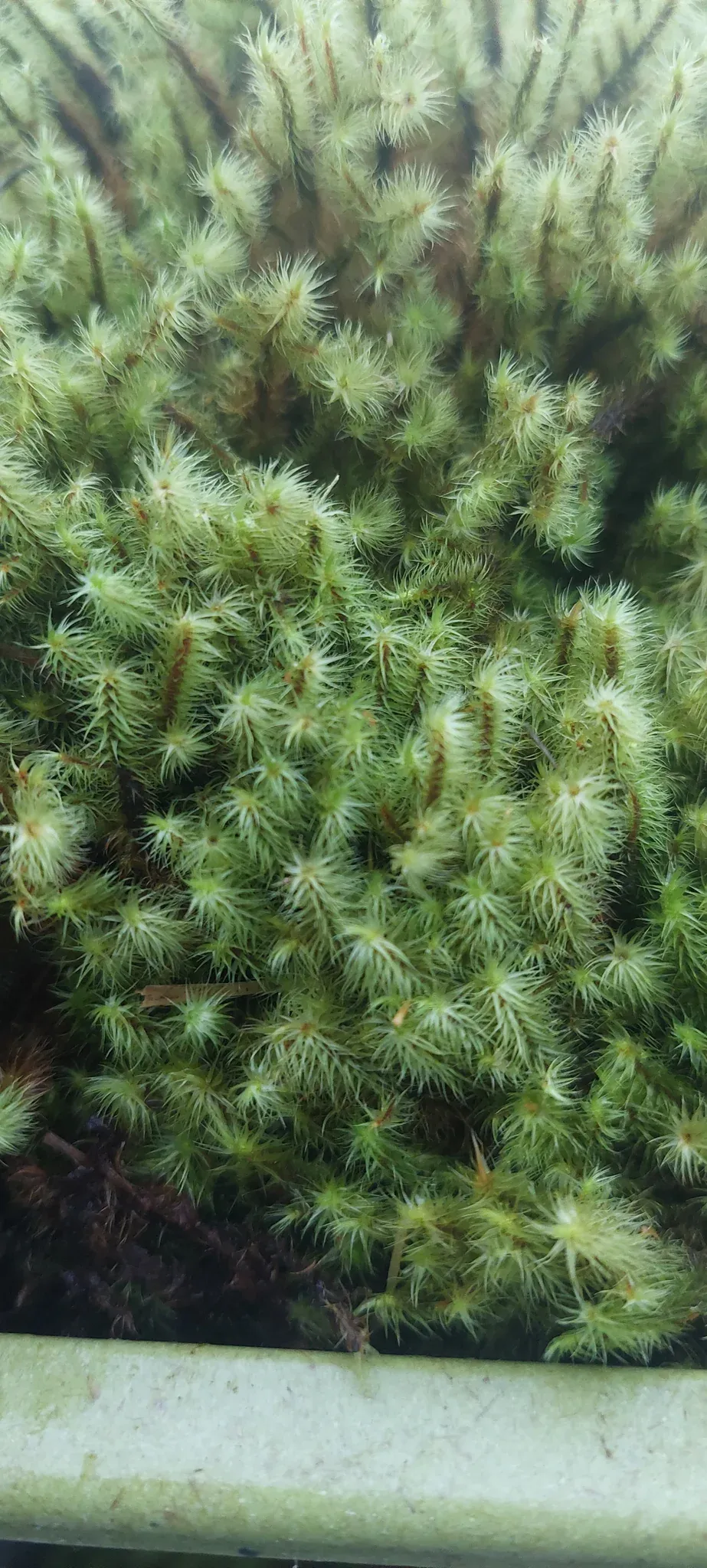
eine-nahaufnahme-von-breutelia-affinis-moos-2k5b8w1.jpg from: https://www.alamy.de/fotos-bilder/breutelia-affinis.html
Introduction

20230129_154917_1024x1024@2x.jpg from: https://mossclerks.co.uk/products/gold-headed-moss-breutelia
In the vast and captivating world of bryophytes, one particular moss species stands out as a true marvel – the Breutelia gnaphalea (P.Beauv.) Mitt., commonly known as Breutelia. This remarkable member of the Bartramiaceae family has captured the hearts and minds of moss enthusiasts worldwide, offering a unique glimpse into the intricate beauty and resilience of these often-overlooked plant allies.
Background
Before delving into the specifics of Breutelia gnaphalea, it’s essential to understand the broader context of bryophytes. These non-vascular plants, which include mosses, liverworts, and hornworts, have been around for over 400 million years, predating even the earliest vascular plants. Despite their diminutive stature, bryophytes play a crucial role in various ecosystems, acting as pioneers in colonizing new environments and contributing to soil formation and water retention.
Main Content
Morphology and Identification
Breutelia gnaphalea is a striking moss species that can be easily identified by its distinctive features. The plants form dense, cushion-like tufts or mats, with stems reaching up to 10 centimeters in height. The leaves are lanceolate (lance-shaped) and crisped when dry, giving the plant a unique, almost ruffled appearance. One of the most remarkable characteristics of this moss is its tomentum, a dense felt-like covering of brown, branched hairs that envelop the lower portions of the stems and branches.
Global Distribution and Habitat
Breutelia gnaphalea is widely distributed across various regions of the world, including Europe, Asia, Africa, and the Americas. It thrives in a diverse range of habitats, from moist and shaded forests to rocky outcrops and even disturbed areas like roadside banks and quarries. This moss’s ability to adapt to different environments is a testament to its resilience and versatility.
Ecological Roles and Adaptations
Like many bryophytes, Breutelia gnaphalea plays a vital role in its ecosystem. Its dense mats help retain moisture and prevent soil erosion, creating a microhabitat for other organisms to thrive. Additionally, the tomentum acts as an insulating layer, protecting the moss from desiccation and extreme temperatures.
One of the most fascinating adaptations of Breutelia gnaphalea is its ability to undergo desiccation tolerance. During periods of drought, the moss can essentially “shut down” its metabolic processes and enter a state of dormancy, only to revive and resume growth once moisture becomes available again. This remarkable survival strategy allows the moss to persist in environments where water availability is unpredictable.
Case Studies/Examples
In a recent study conducted in the Pacific Northwest region of North America, researchers discovered that Breutelia gnaphalea played a crucial role in facilitating the establishment of other plant species in disturbed areas. The moss’s dense mats provided a suitable microhabitat for seedling germination and growth, acting as a nursery for the regeneration of the surrounding ecosystem.
Technical Table
| Characteristic | Description |
|---|---|
| Phylum | Bryophyta |
| Class | Bryopsida |
| Order | Bryales |
| Family | Bartramiaceae |
| Genus | Breutelia |
| Species | Breutelia gnaphalea (P.Beauv.) Mitt. |
| Common Name | Breutelia |
| Habitat | Moist and shaded forests, rocky outcrops, disturbed areas |
| Distribution | Europe, Asia, Africa, Americas |
Conclusion
Breutelia gnaphalea is a true testament to the incredible diversity and resilience of the bryophyte world. From its striking morphology and global distribution to its ecological roles and remarkable adaptations, this moss species continues to captivate and inspire those who appreciate the wonders of nature. As we delve deeper into the study of bryophytes, who knows what other fascinating secrets await to be uncovered? Perhaps the next time you encounter a lush, cushion-like mat of moss, you’ll pause and appreciate the intricate beauty and complexity of these often-overlooked plant allies.